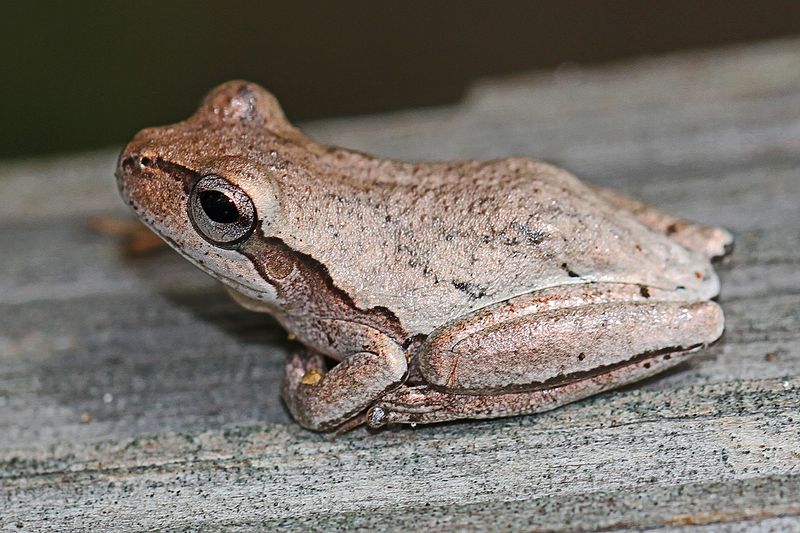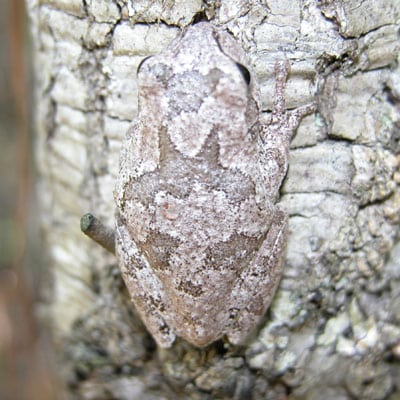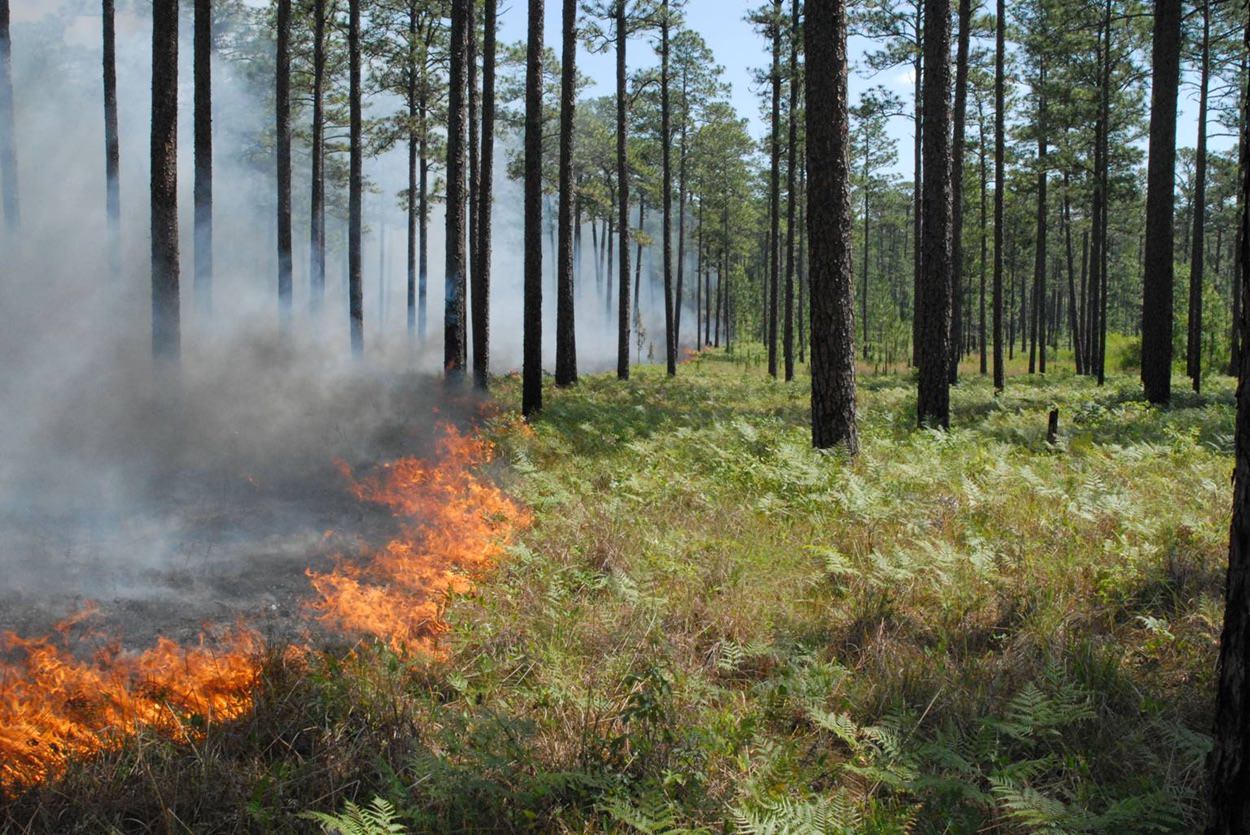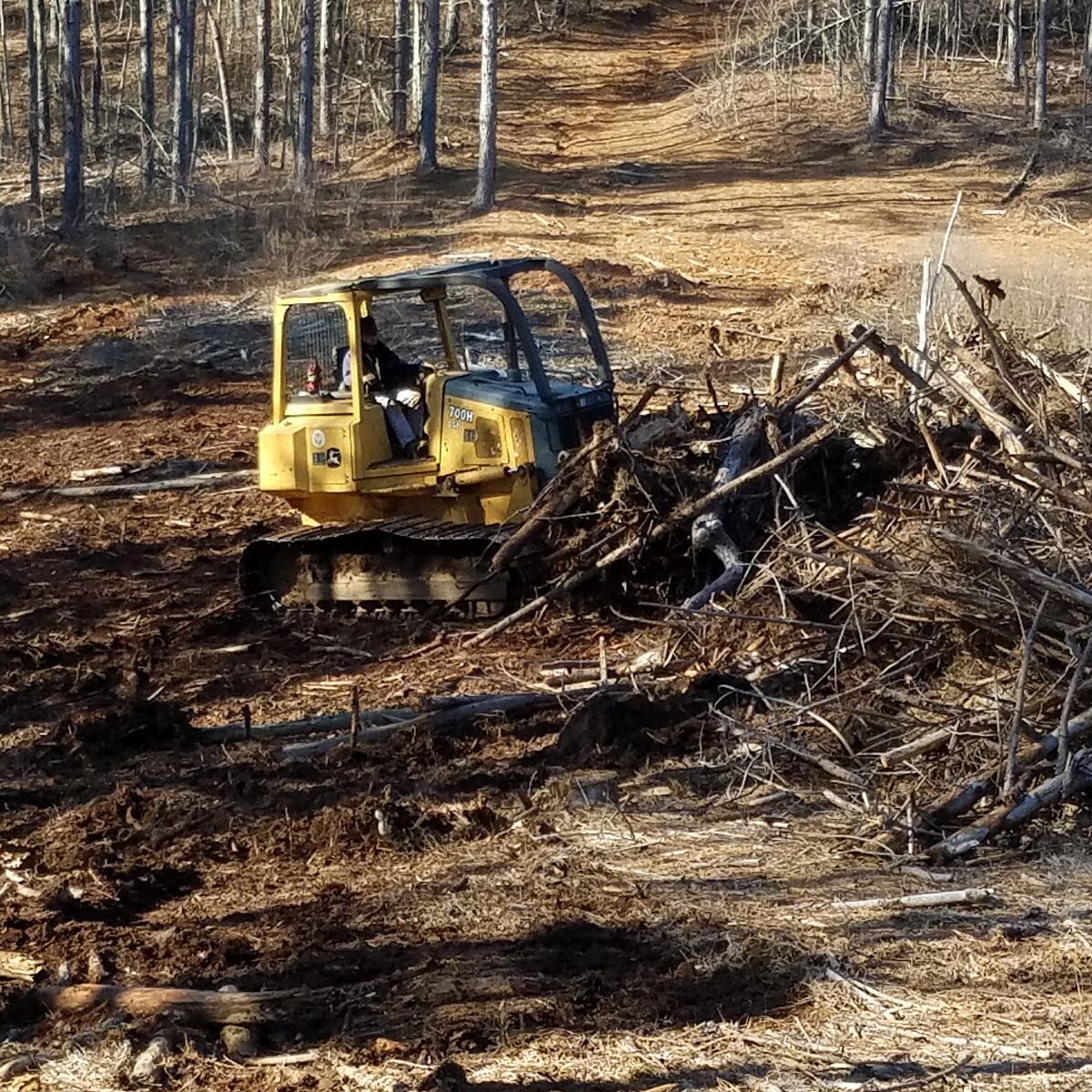Pine Woods Treefrog
Dryophytes femoralis
Status: Secure
Pine Woods Treefrogs are small frogs about 1.5 inches in length. The body of the frogs can be tan, brown, green or gray and sometimes have dark markings on their back. Oftentimes pine woods treefrogs are confused with the squirrel treefrog. The pine woods treefrogs have rows of small yellow, orange, or white spots on the back of their thighs unlike squirrel treefrogs.


Habitat & Range
Pine woods treefrogs are found in southeastern states such as Louisiana, Mississippi, Alabama, Georgia, South Carolina, North Carolina, Virginia, and Florida. These treefrogs are common in swamps, marshes, bogs, freshwater wetlands, and sandhills.
Food Web & Energy Flow
Pinewoods treefrogs are opportunistic feeders which mean they will eat what is available in their habitat. Most of their diet consists of feeding on ants, beetles, crickets, moths, and flies. They are carnivores and are considered secondary consumers.
Relationship to Fire
Longleaf pine trees are inhabited by pine wood treefrogs. Over the last few decades, natural fires in the Longleaf pine ecosystem have slowed down, causing a decline in the pine tree population. This has also impacted the pine woods treefrog population as well.

Conservation Status
The pine woods treefrogs are of least concern since its population is stable. This species has different levels of pressure depending on the region, but overall it is considered Secure.

Human Impacts/ Threats

Land Use Conversion
Longleaf forests and the habitat it supports is being cleared or converted to use the land for other uses like houses, roads, agriculture, and even to grow different types of trees to sell.

Fire Suppression
Many people think of fires in the forest as bad, so they work hard to prevent or suppress them. But longleaf forests NEED regular fire to support habitat for the species that live there!
Resources
Department of Wildlife Ecology & Conservation. Florida's Frogs & Toads
Amphibians & Reptiles of North Carolina. Pine Woods Treefrog
Animal Diversity Web. Hyla femoralis
